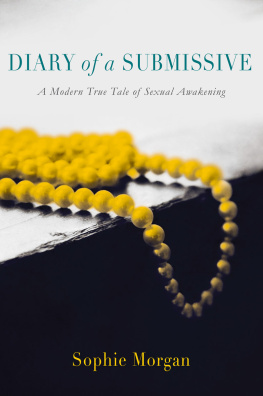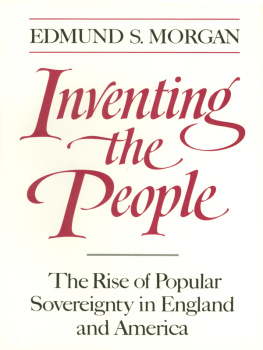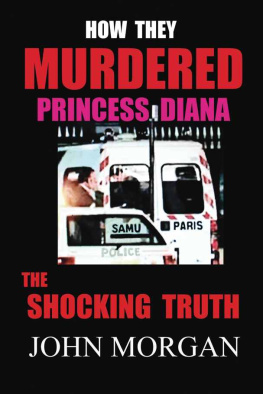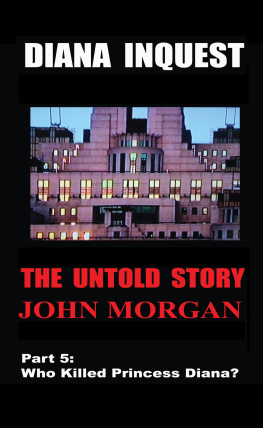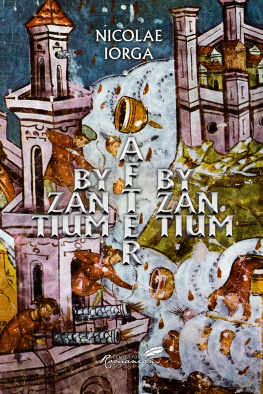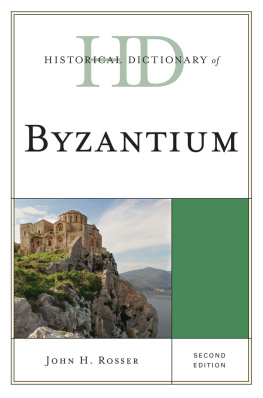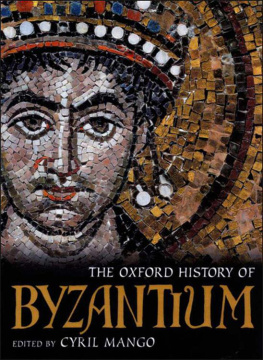
Today it is Istanbul, the modern city which stands at the crossroads of Europe and Asia. For centuries in the past, it was Constantinople. But before that it was Byzantium and it gave its name to an ancient empire. Ancient Greeks, led by a man named Byzas, founded the city in the 7th century BC. A millennium later, it was refounded by the Roman emperor Constantine the Great, the controversial ruler who played a crucial role in making Christianity the official religion of the Empire. When the Roman Empire in the West collapsed under the impact of wave upon wave of Germanic invaders, it was Byzantium that kept the imperial idea alive. For century after century, increasingly surrounded by hostile neighbours, Byzantium remained a Christian city at the heart of a Christian empire. As the new religion of Islam expanded, it was Byzantium and the Byzantine Empire that stood on the frontline of the confrontation between two faiths. When, in 1453, the city fell to the Turks and its last emperor died in a failed attempt to defend his capital, the world was changed forever. The Byzantine Empire lasted for over a thousand years. Until recently historians and scholars tended to dismiss its achievements and innovations but increasingly there has been an acknowledgement of the unique nature of Byzantine culture and its role in linking the ancient world with the medieval period. The Byzantine Empire created remarkable art and architecture and a lasting cultural and religious legacy.
Giles Morgan is the author of the Pocket Essentials on The Holy Grail and Saint George.
Byzantium
GILES MORGAN
POCKET ESSENTIALS
This ebook edition first published in 2011
First published in 2007
by Pocket Essentials
an imprint of Oldcastle Books
P O Box 394,
Harpenden, AL5 1XJ
www.pocketessentials.com
All rights reserved
Giles Morgan 2007
The right of Giles Morgan to be identified as author of this work has been asserted in accordance with Section 77 of the Copyright, Designs and Patents Act 1988
This ebook is copyright material and must not be copied, reproduced, transferred, distributed, leased, licensed or publicly performed or used in any way except as specifically permitted in writing by the publishers, as allowed under the terms and conditions under which it was purchased or as strictly permitted by applicable copyright law. Any unauthorised distribution or use of this text may be a direct infringement of the authors and publishers rights, and those responsible may be liable in law accordingly
The url links are correct at the time of production, our apologies if any of these are no longer valid.
ISBN
978-1-84243-690-5 Kindle
978-1-84243-691-2 Epub
978-1-84243-692-9 PDF
For further information please visit
www.pocketessentials.com/byzantium
For Gareth and Agnes
Contents
Introduction
In 312 AD, Constantine the Great saw a shiningcross of light in the sky.
This is the legend that has becomeattached to the Roman Emperor who is today widely seen as having played acrucial role in the transmission of Christianity to the West. Constantine isoften credited with having made two important and interlinked decisions thatwere to play a major part in the shaping of modern Europe. The fi rst was his toleration, and subsequentadoption, of Christianity. The second was the relocation of the capital of theEmpire to the site of the ancient Greek city of Byzantium. The term Byzantinederives from this city of Byzantium, founded in 667 BC by Greek colonists from Megara and named in honour of their leader Byzas.
Re-founded as Nova Roma or New Rome in330 AD, this new capital became better known as Constantinople or the city of Constantine.
The Byzantine Empire grew out of theEastern half of the Roman Empire and was to continue long after the Western Empire fi nally fellto Germanic tribes in 476 AD. Indeed, the Byzantine Empire would endure untilas late as 1453 and the eventual fall of Constantinople to the Ottoman Turks.Until comparatively recently historians and scholars tended to dismiss theachievements and innovations of the Byzantine Empire as being of a lessermagnitude than those of ancient Greece and Rome. But increasingly there hasbeen a reassessment of this view and an acknowledgement of the unique nature ofByzantine culture and its role in linking the ancient world with the medievalperiod.
In recent years the development ofChristianity and the role of Constantine the Great in that process has comeunder intense scrutiny, particularly in the wake of the popular success of DanBrowns novel The Da Vinci Code. Constantine is generally perceived asthe fi rstChristian Emperor but controversy has surrounded the differing forms thatChristianity took in a period of intense theological debate. The varyingmovements within the Church would lead ultimately to the convening of theCouncil of Nicaea in an attempt to ratify Christian belief.
It is interesting to note, however,that, even as Christianity became the state religion of the Empire, many paganbeliefs, stories and ideas from the classical world survived and, indeed, wereincorporated into the new dominant religion. Grave goods and luxury items,produced in Byzantine territories from different time periods up until as lateas the Middle Ages, depict pre-Christian themes and images and challenge theidea that Byzantine art was solely concerned with Christian content.
Arguably, the Emperor Justinian I was tohave as much in fl uence overthe development of the Byzantine Empire as Constantine since he extended theboundaries of its lands substantially, notably within Italy and North Africa. Justinian was also responsible for the building of the legendary domed church of Hagia Sophia in Constantinople. During his lifetime Constantinople would become oneof the major cities of the ancient world.
However, the authority and power of the Byzantine Empire were to be seriously tested by the rise of Islam. Territories belonging tothe Empire were lost and the city of Constantinople withstood sieges by Arabnavies. The Byzantines displayed great resourcefulness and technologicalingenuity during these trying times, developing an incendiary substance knownas Greek Fire which appears to have had similar properties to napalm. Thesecret formula for its creation was said to only be known to the Emperors ofByzantium. It proved particularly effective when propelled by pumps, often in battlesat sea.
Con fl icts emerged within Byzantine Christianity over theworship of icons and, in 726 AD, Emperor Leo III banned them throughout theEmpire. However, in 843 AD, this decision was overturned. Tensions between theEastern and Western Church would lead eventually to the Great Schism of 1054when the Pope and the Patriarch of Constantinople excommunicated one another,paving the way for the entirely separate Catholic and Eastern Orthodox Churchesthat we know today.
The defeat of Byzantine forces at theBattle of Manzikert by the Seljuk Turks resulted in appeals to the West for aidand precipitated the First Crusade. However, Constantinople was itself overrunby Crusader forces in 1204 during the Fourth Crusade. The fall ofConstantinople to the Ottoman Turks in 1453 was a major shock to many WesternEuropean countries and has subsequently come to be seen as marking the end ofthe medieval period.
The collapse of the Byzantine Empire isconsidered to have contributed greatly to the Renaissance. Many scholars had to fl ee Constantinople to the West, carryingunique knowledge and material with them. Constantinople had also served as animportant city linking East and West on the Silk Road and its loss sparkedattempts to open up new trade routes. Exploration by sea following the fall ofthe Byzantine Empire would, in time, lead to important new discoveries byEuropeans. The development of Christianity and Islam has been strongly in fl uenced by the Byzantine Empire and itsmajor legacy today is arguably the survival of the Orthodox Church. Thestaggering scale of the Empire at its peak is illustrated by the buildings thatremain from its rule in countries ranging from Macedonia to Northern Africa.The art and architecture produced by the Byzantines is distinctive andfascinating as is their often incredible, and sometimes overlooked, story.



